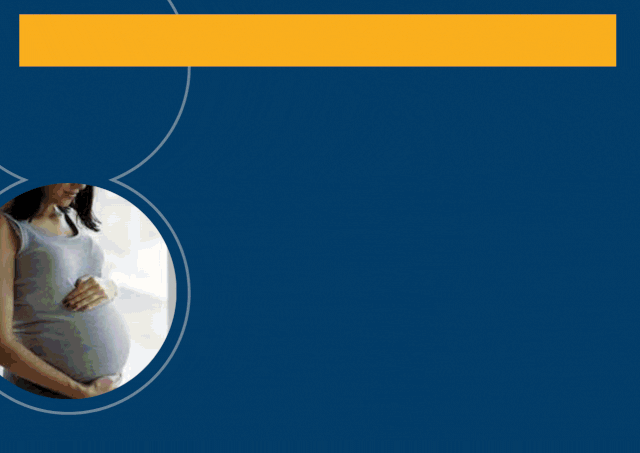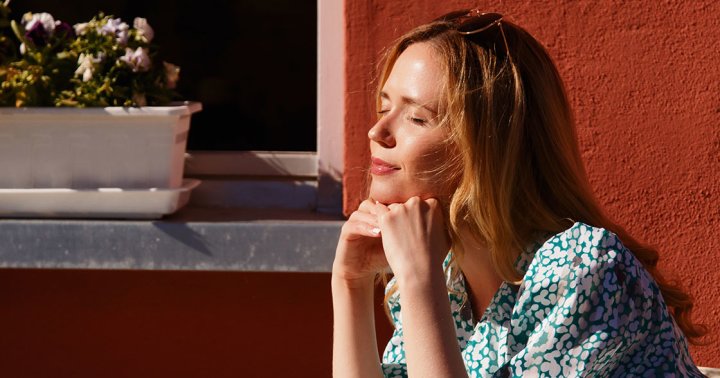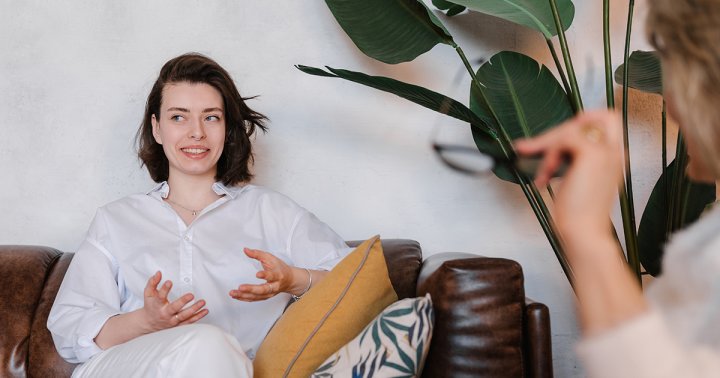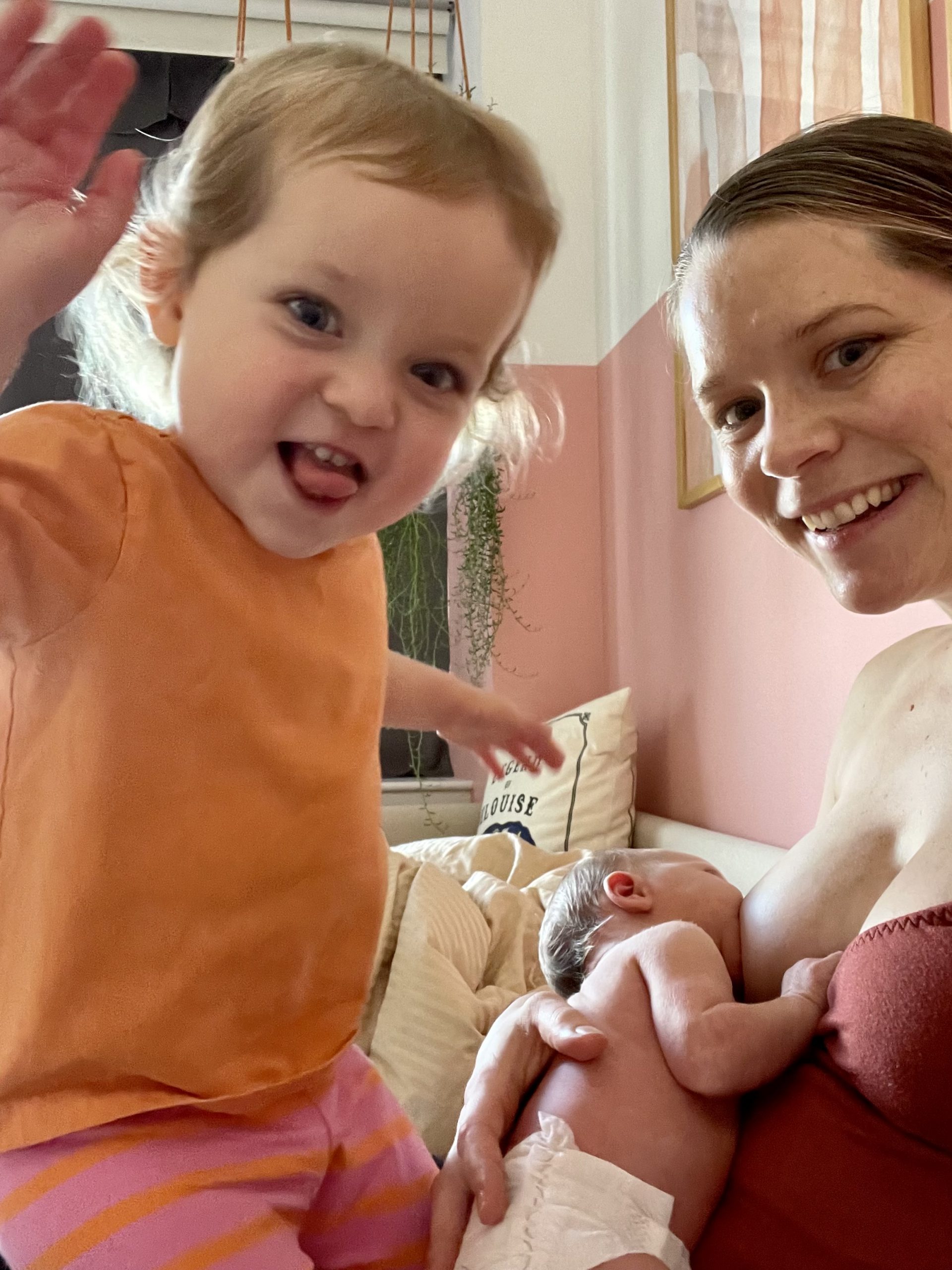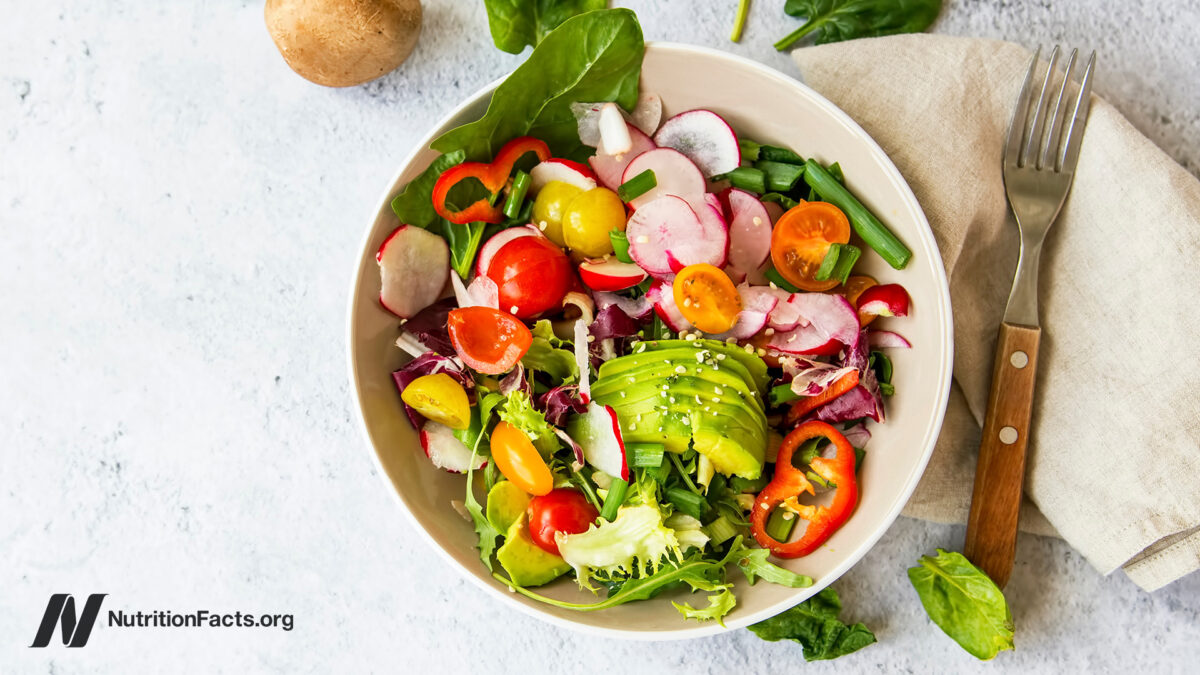Growing Up Ambedkarite
How the service-oriented Buddhist culture of B. R. Ambedkar influenced feminist and Bahujani documentary filmmaker Jyoti Nisha. The post Growing Up Ambedkarite appeared first on Tricycle: The Buddhist Review.
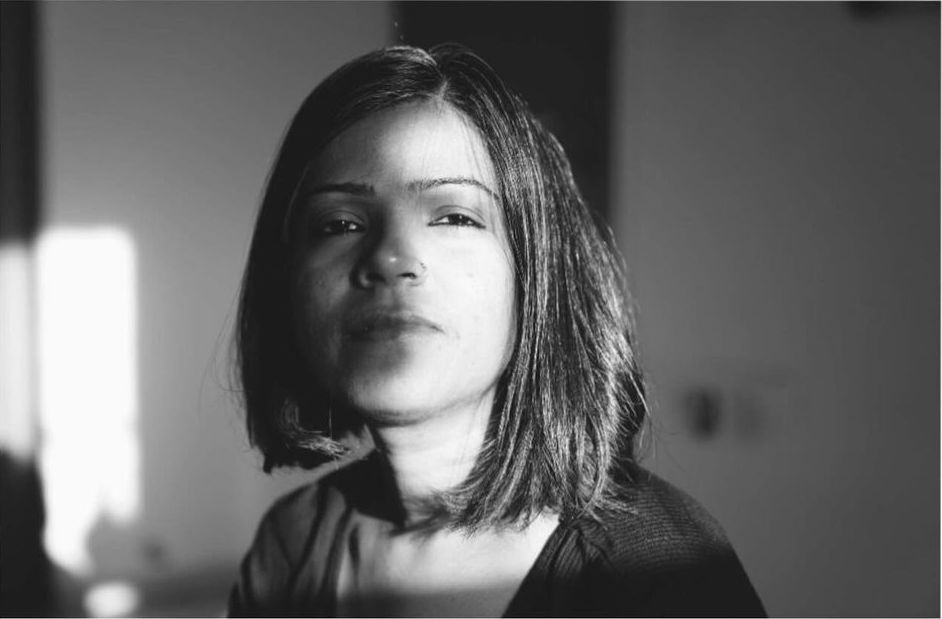
Mumbai-based Jyoti Nisha is an academic, writer, screenwriter, filmmaker, and producer with a focus on caste, gender, and gaze in the media and politics. Her most recent project, the feature-length documentary film Dr. B. R. Ambedkar: Now & Then, delves into B. R. Ambedkar’s philosophical legacy as well as the deeply rooted institution of caste in India. While the film serves as a powerful commentary on religion, revolution, politics, and the fundamental right to freedom of speech in India, little is known about the formative years that shaped the film’s creator.
Nisha, raised by Buddhist parents in a compassion-filled environment, had an upbringing that made a significant impact on her path toward becoming a writer and filmmaker. One aspect of her life that is evident in her work is the importance her family placed on education. Raised in Lucknow, Uttar Pradesh, the youngest of six siblings, Nisha is the only one of her family to have gone to an English-medium school. A promising science student, with parents who wanted her to become a doctor, Nisha had different plans, enrolling in an arts college and amassing degrees in English literature and anthropology, journalism, screenwriting, and cultural studies.
As Dr. B. R. Ambedkar: Now & Then continues to make the rounds—being screened at film festivals and academic institutions alike—Nisha took the time to sit down with Tricycle contributor Priyanka Aidasani to chat about the film, her upbringing, and her relationship with Ambedkarite Buddhism.
This interview has been edited for length and clarity.
*
What was it like growing up in an Ambedkarite Buddhist household? My parents did not formally take any diksha (the ritual practiced to welcome someone into a religion) for Buddhism. That’s the most amazing thing about Buddhism, that any layperson can apply [the teachings to their] way of life.
At home, we celebrated Dr. B. R. Ambedkar’s birthday (April 14), Buddha Purnima (Buddha’s birthday, or Vesak), and Govardhan Puja, which is the harvest festival. [On many of these holidays] we [would go] to a Buddhist temple and [do] the puja (a ritual to honor a deity or person) with the monks. My mother used to make a microcosm of village life out of cow dung—there were houses and animals, there was a scarecrow, [and] in the corners of the village there was a rice [straw] and four maids used to pour water into it to nourish it. You want it to flourish and grow, your village and your life.
[During many of these holidays] you start the day by cleaning your house. [Certain] foods are made—kadi, kheer, dal makhni, malpua, a dry vegetable, chola. Already sweets were bought, flowers were bought, garlands were bought, all the photos of Babasaheb (in India, Ambedkar is lovingly called Baba Ambedkar, Babasaheb, or simply Baba) [were bought], Phule statues were bought. And everybody was assigned a job. My cousin and I used to do all the cleaning, while my sisters and my mother used to [do the] cooking. Then in the afternoon there was a truck that used to come, which was Ambedkarite. We used to chant this slogan [as it passed]: “Jab tak suraj chand rahega, baba tera naam rahega,” or “As long as the sun and moon remain, your name will remain Baba (respected father).” I have done this with my friends and I have danced. It used to be a big procession, so you’d start from your area and then go until [you reached] Hazratganj (downtown Lucknow), where there is a big statue of Babasaheb as well as garlands and stalls where anticaste literature is sold. So this is what we did for years.
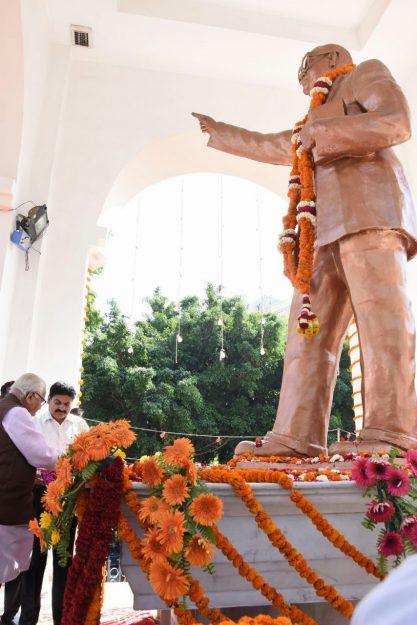 B. R. Ambedkar Statue
B. R. Ambedkar StatueFor Buddha Purnima, monks started coming to our homes. All the weddings and rituals, naming ceremonies, and the last rites of my parents were all conducted by monks. The monks would educate us—they will tell you what life is, what is the meaning of this, why are we celebrating Buddha Purnima, what Bhagwan Buddha did, what is the meaning of panchsheel (or the five virtues), what are the eightfold paths, what is Trisharan (the three jewels)—so I started understanding these concepts. We used to celebrate Holi and Diwali, but over time, we stopped participating because a lot of casteist things would happen during these events.
At what point did you formally take up Buddhism? I formally took up Buddhism in 2015. After my mother passed away, all six of us took it up.
The most amazing thing about Buddhism is that it’s practical and scientific. Because all my siblings are married, I’ve sat in on all those meetings when they are deciding the date of the wedding, and it was always a logical decision—when is it a government holiday, or when is the weekend?
Among the six of you, is there someone who follows it the most? We’re all very practical. There’s no obsessiveness involved with anything. One of my sisters pays more attention than all of us, you could say. She is older than I. She will go to Buddhist sites—there is a place near Lucknow called Shravasti, where the Buddha gave sermons for twenty-five years. She’s very spiritual in that sense; she’s more in touch with monks. For example, my dog passed away last year, the one who’s in the film. She was nine and a half, and we were all very attached to her. I told my sister that I really wanted to do some ceremony after her death, so we did that in Bombay. I needed closure for myself, and I really wanted to honor her as well—she was more than just a dog to me. So my sister suggested this nun she’s been in touch with, who came from Nagpur to Bombay to do the ceremony. She took me out to this pagoda, which is in Borivali, Bombay. We went there on S. N. Goenka’s [Indian lay teacher who popularized Vipassana] birthday and meditated with thousands of people, and the vibrations were something else, you could feel it. You feel it in the hum, you feel it in the chanting. I spent an entire day at the pagoda, and it lightened me up. This is called a Punyanumodana ritual—it means rejoicing in the merit of the good deeds of oneself and others. We did this ceremony, I did a little bit of daan (charity). My sister believes in giving a lot. She’s a homemaker. Her husband passed away really early, so she stays with us in Lucknow, and she really believes in giving back. For example, one time she cooked for some 200 monks and nuns a couple of years ago on Buddha Purnima. I am amazed by her. I feel like I am very empowered because I am making money, but people can be empowered in so many different ways.
What are the aspects of Buddhism that have most influenced you as a person? The scientific temperament, compassion, the Panchsheel (five virtues), and the Trisharan;“Buddham saranam gacchami (I take refuge in the Buddha, I take refuge in the Sangha, I take refuge in the Dharma)”. You repeat this three times—I do that anyway.
The Panchsheel are basically that you should not lie, consume drugs, alcohol, that you shouldn’t be promiscuous, shouldn’t murder anybody. It’s always been very difficult for me to lie, and obviously one has to lie sometimes in life, but mostly I don’t—there is no pretense, I don’t feel the need to cover up anything. And who are you to take anybody’s life, so you have to be very nonviolent in that sense— that makes sense to me, and that is something I practice.
What’s interesting is, when I started understanding Buddhism or even the anticaste movement, I realized that, growing up, I never saw any discrimination in my house. It wasn’t like you’re from this caste or you’re from that caste, or the servants need to sit down or something. My father was a railway employee. We had servants; there was a cook and a cleaning person, and they used to sit with us and chat. They would say memsahib or sahib (ma’am/sir) to my mother and father, but they were still taken care of. My mother was literate and could read and write in Hindi. She couldn’t read and write in English even though she made efforts to learn English all her life. But she knew how to invest money. She would save money not just for us but also for the help. She was [always] looking out for her people. I only saw discrimination outside. At home, we were not taught that. Obviously, you have to respect your elders, and education was very very important in my household. Basically, being compassionate and kind is the way we grew up, respecting elders is the way we grew up, but that doesn’t mean that you cannot question it.
The scientific approach that Buddhism offers seems to have influenced the structure of your documentary. Can you talk a little bit about the influence of Ambedkarite Buddhism on your filmmaking practice? From what I understand about Buddhism, [there is a sentiment among the teachings] that if you really need to say something, then you have to validate it with evidence. For me, [this led to trying harder to understand] the structure of caste and how it works—the mechanisms, like endogamy, for example, or why people marry into their own caste. The whole argument in favor of endogamy is based on purity and pollution. With endogamy, there is no exchange of culture, you’re getting married within the same community. So when I read these texts, mostly anticaste literature, from Babasaheb, or others like bell hooks, Althusser, Chomsky (whom I studied in culture studies at Tata Institute of Social Sciences), [they] just blew my mind. Thank God people like Chomsky and Foucault and Ambedkar have done the work. It’s not like these scientific arguments didn’t exist, they did exist, but it’s just that nobody was looking at them or bringing [them] together to sort of tie these loose ends and make sense of it, and asking why it is happening. Since I was a journalist, I grew to know unique credible sources to substantiate the claims I was making. For me, it was like I wanted to disagree, but I’ll say it with all the possible arguments, logic, and facts that are out there in these discourses.
What part has Buddhism played in your journey as a person and filmmaker? Compassion, scientific [inquiry], and sharing/generosity [have played a crucial role in my development]. The scientific temperament basically helps me to look at things in a critical, rational way. Compassion, I think, is not my nature somehow, but I’ve seen it in my family, and I’ve seen it in the community. Also, the idea of giving back, sharing. You have to, if you’re from an oppressed community, and if you know you’re from an oppressed community, then you’ll have to go out of your way to engage. And growing up in an anticaste family, I saw a lot of cadre meetings happening.
“Giving back comes naturally in the community; no matter how few resources you have, you know you have to give back, so you give back in whatever possible way you can.”
Cadre meetings? Cadres are where you are engaging with people from the community and talking about the issues that they are facing. I’ve literally seen my father teach with a blackboard and chalk! This was my memory as a child. My cousin and I used to deliver chai to them, and when I saw my father teaching, I thought, “Why is he teaching these people? Why are these adults taking his classes? My father is not a teacher, he’s an engineer. Why is he teaching?” I used to be baffled, but now it makes sense: those were anticaste meetings. It was a way of giving back. You do it with willingness, but also sometimes you do it because you have to do it. While men were doing the work outside, at home women were cooking, making chai and making arrangements for people to be comfortable. I saw my mother doing that, I see my sister-in-law doing that; she’s doing that when my brother is having his meeting at his home, or when we are celebrating Buddha Purnima or on April 14, a bunch of people will come, sometimes even twenty to thirty people. Giving back comes naturally in the community; no matter how few resources you have, you know you have to give back, so you give back in whatever possible way you can. I have seen that in my family, and I have seen that in other families too.

 Tfoso
Tfoso 







